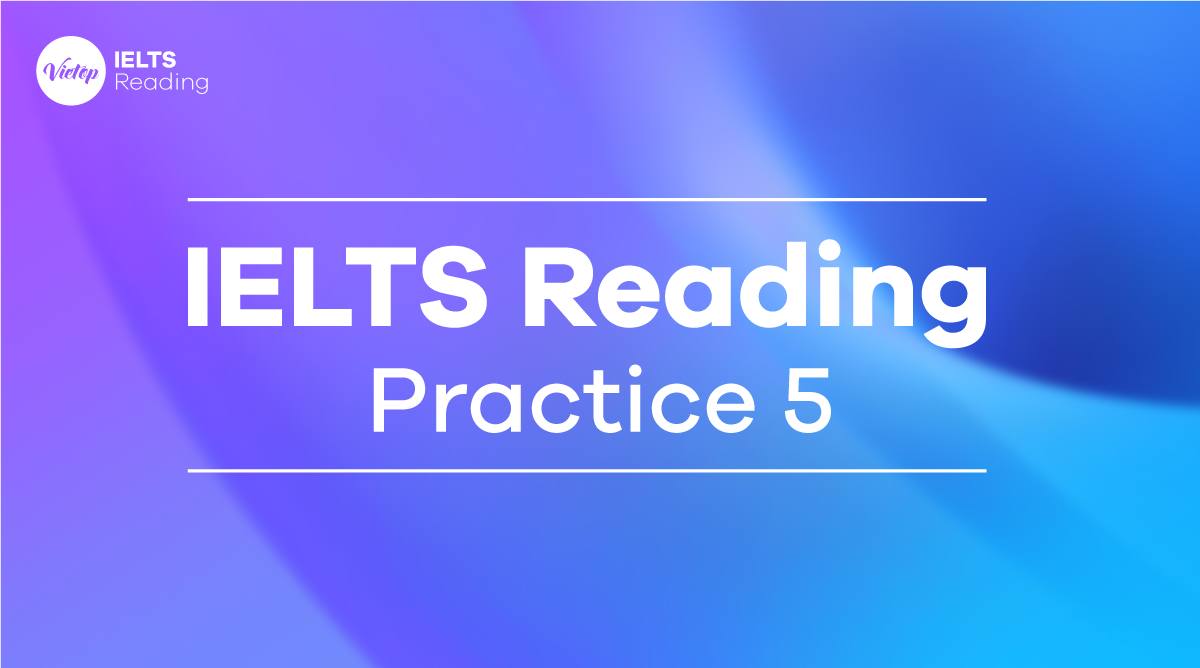
INDIAN CLASSICAL MUSIC
The origins of Indian classical music can be found from the oldest of scriptures, part of the Hindus tradition, the Vedas.
Samaveda, one of the four Vedas, describes music at length. Indian classical music has its origins as a meditation tool for attaining self realization. All different forms of these melodies (ragas) are believed to affect various “chakras” (energy centers, or “mood”) in the path of the Kundalini. However, there is little mention of these esoteric beliefs in Bharat’s Natyashastra , the first treatise laying down the fundamental principles of drama, dance and music. The Samadeva, one of the four Vedas, created out of riga-veda so that its hymns could be sung as Samagana, established its first pop.
Indian classical music has one of the most complex and complete musical systems ever developed. Like Western classical music, it divides the octave s into 12 Semitones of which the 7 basic notes are Sa Re Ga Ma Pa Dha Ni Sa, replacing Do Re Mi Fa So La Ti Do. However, it uses the just intonation tuning (unlike western classical music which uses the equal temperament tuning system).
Indian classical music is monophonic in nature and based around a single melody line which is played over a fixed drone. The performance is based melodically on particular rages and rhythmically on talas.
NATIONAL SYSTEM
Scholars of Europe in the seventeenth and eighteenth century were enormed by Indian music. With no facility to record the sound they explored for some existing system that might exist system that express sounds in the composition. There were pointers to an ancient notations system which scholars had also translated into Persian: still’ complexity of Indian classical music could not be expressed in writing.
Though some western scholars did record compositions in staff notation system, Indian musicians used Pt.Bhakhande system. Though more accurate, this relies on Devanagari script rather than symbols and hence is cumbersome at times. A new notation system has been proposed which uses symbols and offers instantaneous comprehension like staff notation system. It is with standardization of a notation system that hitherto unknown compositions would see the light of day.
INSTRUMENTS
Instruments typically used in Hindustani music include sitar, sarood,tanpura, bansuri, shehnai, sarangi, and table. Instruments typically used in carnatic music include flute, gottuvadyam, veena mridangam, kanjira, ghatam and violon
Xem thêm:
Reading Practice: The success of cellulose
Reading practice: The dark side of the technological boom
Reading practice: Should space be explored by robots or by humans?
Questions 1-8
Do the following statements agree with the information in reading passage? In boxes 1-8 in your answer sheet write
YES if the statement reflects the claims of the writer
NO if the statement contradicts the writer
NOT GIVEN if it is impossible to say what the writer thinks about this
1 Out of four Vedas, music is only described in samadeva.
2 Music is believed to have an effect on the human body.
3 Indian classical music system is simple and sophisticated.
4 There are 7 basic notes and 12 semitones in Indian classical music.
5 Talas in the Indian music is derived from western music
6 Indian classical music could express in writing.
7 The composition used by Indian musicians was based on the Devanagari script.
8 New script used for music had no symbols.
Luyện tập IELTS Speaking với bài mẫu IELTS Speaking part 1 và IELTS Speaking part 2 nhé!
Question 9-12
9. “Chakras” is a name given to energy centers in the path of 9 …
10. Out of all kind of music, Indian classical music is 10… and having complete system.
11. Monophonic music system is based on a single 11….
12. The instruments flute, veena and violin are 12… in carnation music.
Chủ đề “Classical Music Over the Centuries” trong bài thi Reading Practice là 1 trong những chủ đề hay mà bạn có thể khám phá. Đến với chủ đề này sẽ bạn sẽ có cơ hội tuyệt vời để rèn luyện kỹ năng đọc hiểu, phân tích và xử lý thông tin – những kỹ năng quan trọng cho kỳ thi IELTS. Và để ôn IELTS một cách hiệu quả và đạt được mục tiêu band điểm mong muốn, hãy tham gia khóa học IELTS 6.5 tại Vietop.
Với chương trình học được thiết kế thiết kế riêng biệt bởi đội ngũ giáo viên nhiều năm kinh nghiệm, được sắp xếp phù hợp với từng đối tượng, nhằm đảm bảo và cam kết chất lượng đầu ra. Đừng bỏ lỡ cơ hội nâng cao kỹ năng và chuẩn bị tốt nhất cho kỳ thi – đăng ký ngay hôm nay để bắt đầu hành trình chinh phục IELTS cùng Vietop!
Answers:
1. NO (Đoạn 2, “The Samadeva, one of the four Vedas, created out of riga-veda so that its hymns could be sung as Samagana, established its first pop.”)
2. YES (Đoạn 2, “All different forms of these melodies (ragas) are believed to affect various “chakras” (energy centers, or “mood”) in the path of the Kundalini.”)
3. NO (Đoạn 3, “Indian classical music has one of the most complex and complete musical systems ever developed.”)
4. YES (Đoạn 3, “Like Western classical music, it divides the octave s into 12 Semitones of which the 7 basic notes…”)
5. NOT GIVEN (Không có thông tin)
6. NO (Đoạn 5, “still’ complexity of Indian classical music could not be expressed in writing.”)
7. YES (Đoạn 5, “Though more accurate, this relies on Devanagari script rather than symbols and hence is cumbersome at times.”)
8. NO (Đoạn 5, “A new notation system has been proposed which uses symbols and offers instantaneous comprehension like staff notation system.”)
9. Kundalini (Đoạn 2, “ All different forms of these melodies (ragas) are believed to affect various “chakras” (energy centers, or “mood”) in the path of the Kundalini.”)
10. Most complex (Đoạn 3, “Indian classical music has one of the most complex and complete musical systems ever developed.”)
11. Melody line (Đoạn 4, “Indian classical music is monophonic in nature and based around a single melody line which is played over a fixed drone.”)
12. Typically used (Đoạn 6. “Instruments typically used in carnatic music include flute, gottuvadyam, veena mridangam, kanjira, ghatam and violon.”)
Xem thêm: Reading Practice: Spider silk









